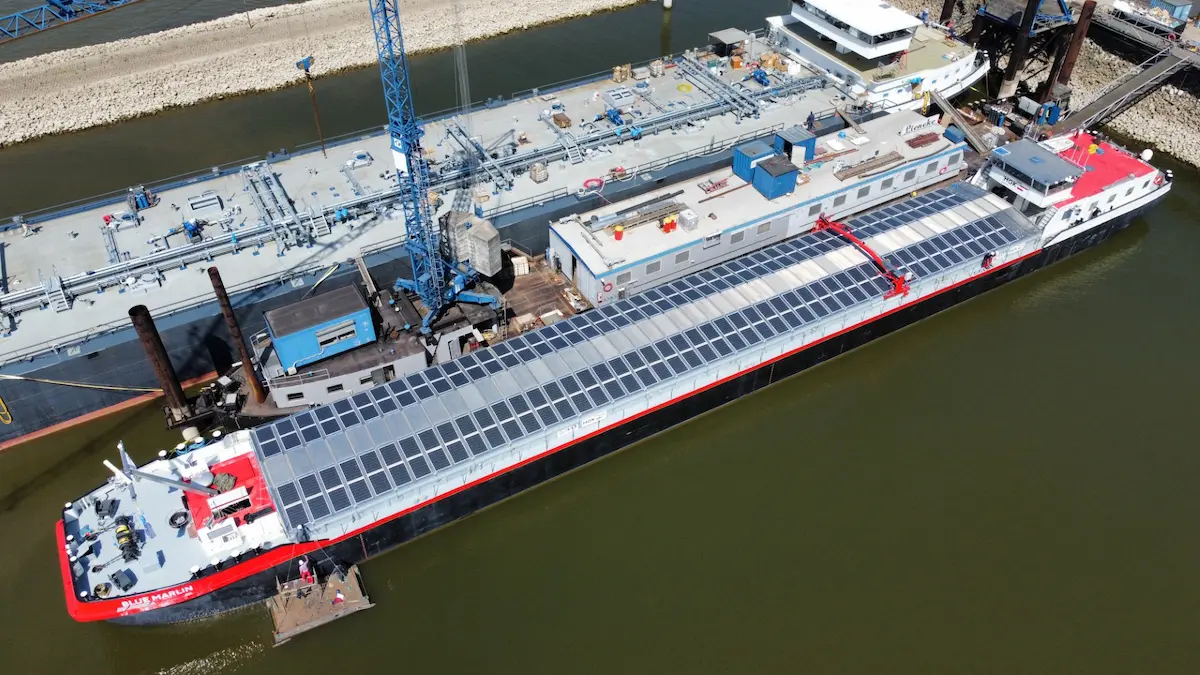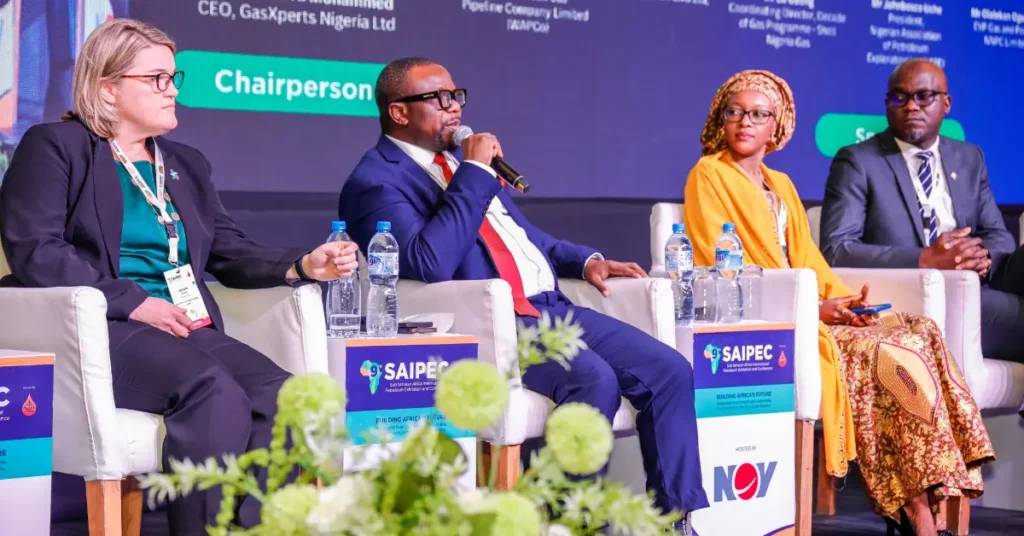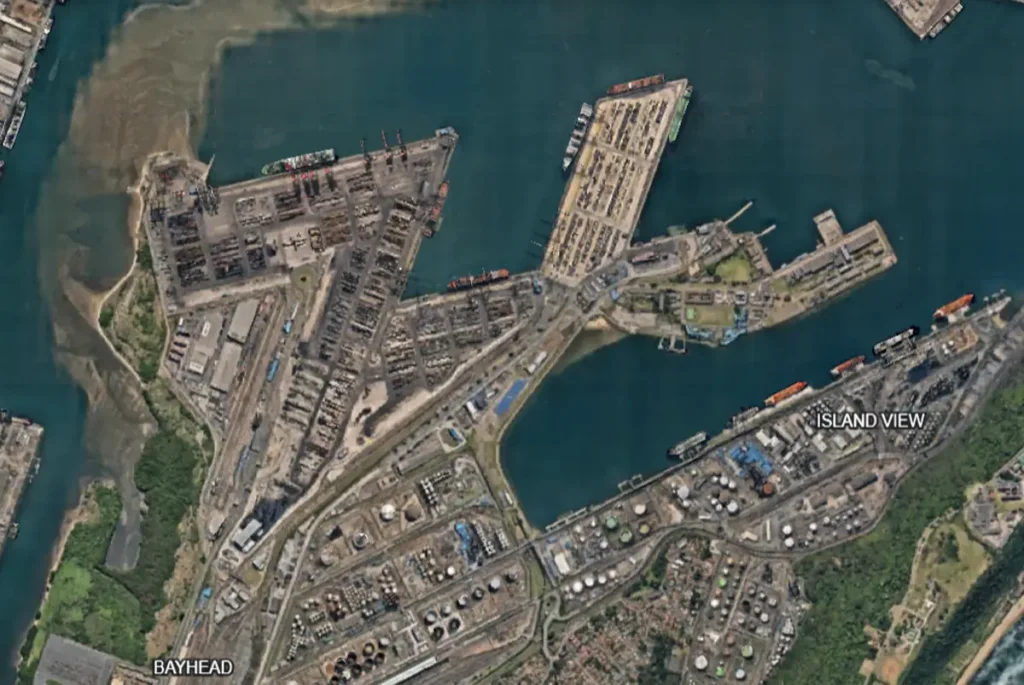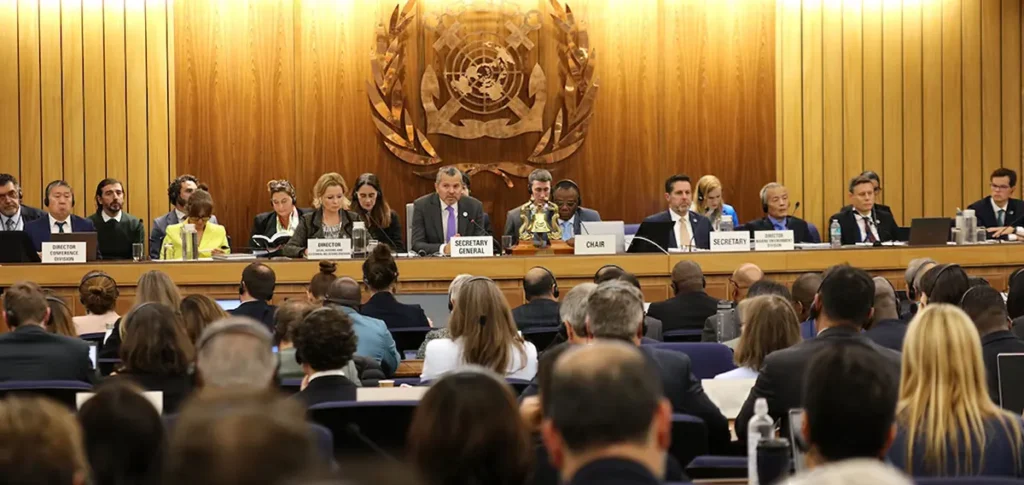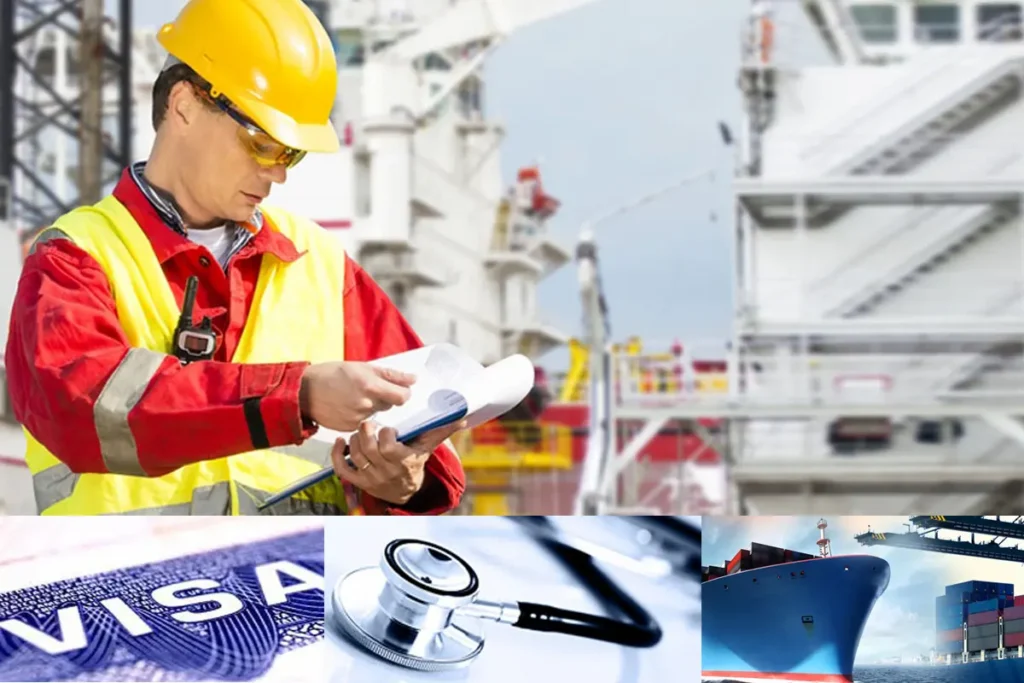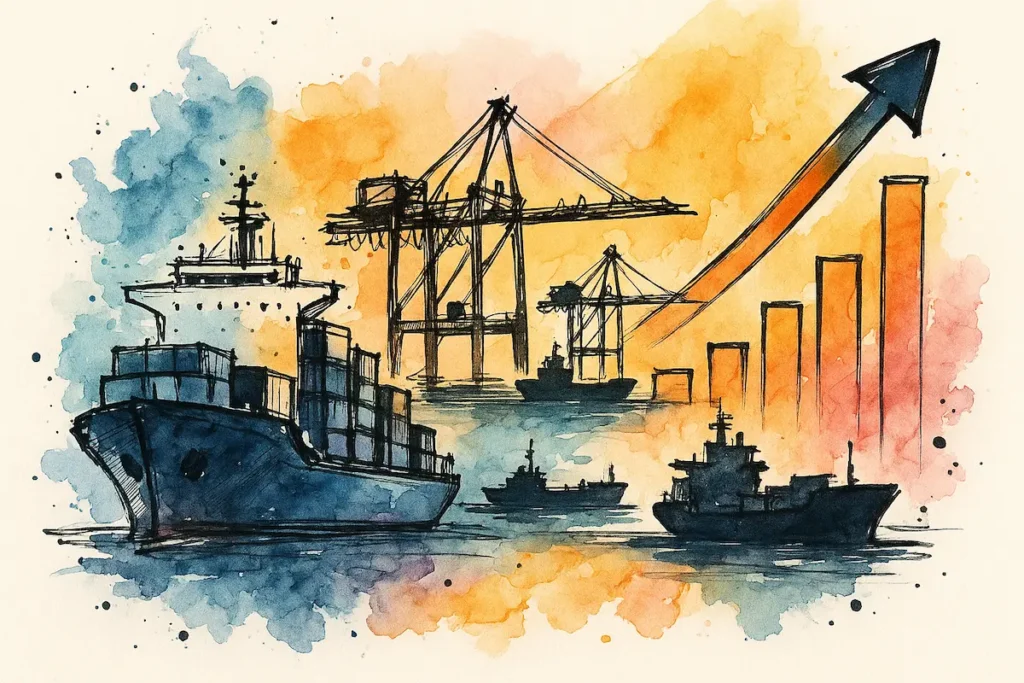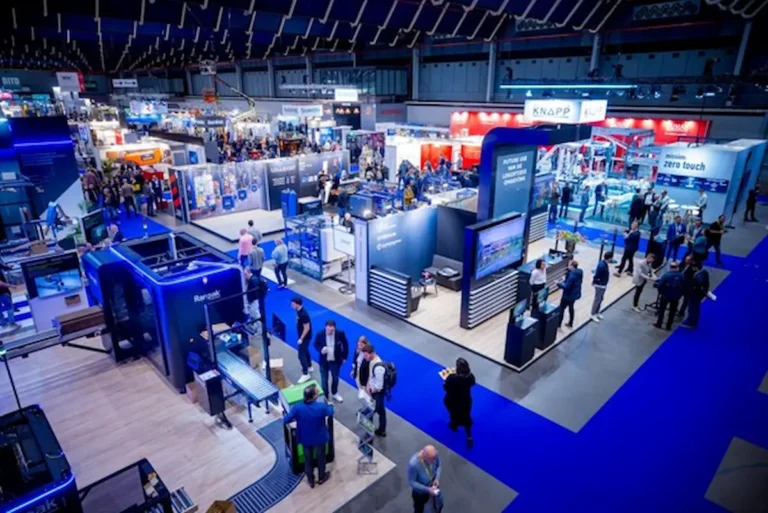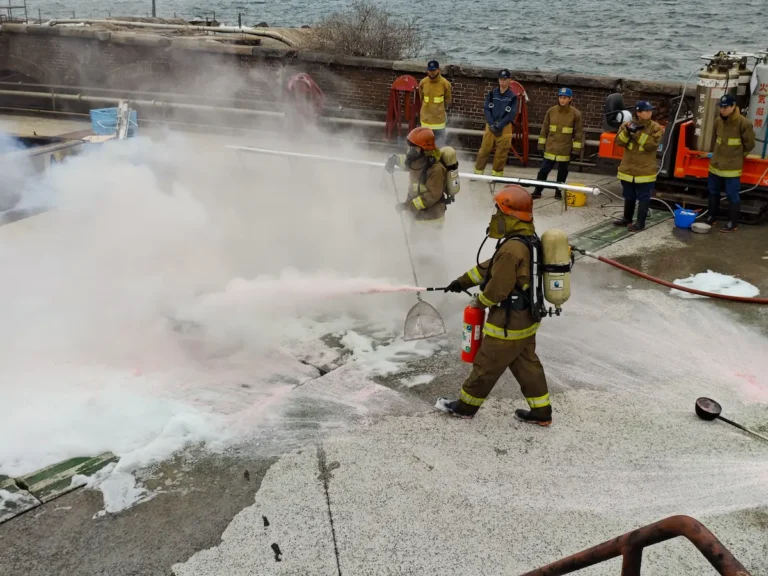Blue Marlin, has become the world’s first inland shipping vessel capable of hybrid sailing with solar power.
This achievement marks a significant milestone in the industry’s quest for greener transport solutions, shining a light (quite literally) on the role of solar energy in the decarbonisation of shipping.
A new generation of solar-equipped vessels
HGK Shipping, which operates a fleet of 350 vessels across Europe’s waterways, has teamed up with Dutch maritime solar specialist Wattlab to deliver this innovative project.
The Blue Marlin is now equipped with 192 solar panels designed to power both the vessel’s onboard systems and, crucially, its high-voltage electric propulsion.
This is a notable evolution from HGK’s previous solar-powered vessel, the MS Helios. While the Helios set a Guinness World Record in 2024 for having 312 solar panels, the most on any inland shipping vessel, its solar energy was limited to supplying low-voltage “hotel” functions such as lighting and climate control.
The Blue Marlin, by contrast, integrates solar power directly into the propulsion system, enabling true hybrid operation. This step represents a leap forward in the application of renewable energy in inland shipping.
How does it work.??
According to a press release by Wattlab, at the heart of the Blue Marlin’s design is a fully integrated solar energy system capable of delivering up to 35 kilowatts under optimal conditions. This solar power feeds both the low-voltage onboard systems and the high-voltage propulsion network.
The ship continues to use four diesel generators to provide electric propulsion, but the addition of solar energy offers clever advantages:
- Peak shaving – Solar panels and batteries can handle demand spikes that would otherwise trigger an extra generator, reducing fuel use and emissions.
- Automated energy management – A smart system balances energy flow, directing power where it is needed most, improving overall efficiency.
In some cases, such as travelling downstream with a light load, the ship may even sail entirely on solar power for limited periods – a remarkable feat in inland navigation.
Engineering and installation
The installation itself was carried out at the De Gerlien van Tiem shipyard in the Netherlands, with Wattlab collaborating with experienced partners including Blommaert Aluminium and Van Tiem Electro.
Because the Blue Marlin is a new-build vessel, the installation of the solar array took about a week, with just a few days required for commissioning. Wattlab notes that similar retrofit projects on existing ships could be completed in roughly the same timeframe, limiting costly downtime for shipowners.
Such practical scalability is important if solar hybrid systems are to see wider adoption across Europe’s inland shipping sector.
A broader shift towards sustainable shipping
Projects like the Blue Marlin highlight a growing trend in the shipping industry. As regulatory pressures tighten and fuel costs fluctuate, shipowners are seeking ways to diversify their energy mix and cut emissions.
Solar technology, long viewed as limited to land-based or small-scale maritime uses, is proving its viability even on large inland cargo vessels. Wattlab, for example, has been developing scalable solar solutions not just for inland shipping but also for coastal and seagoing vessels.
This reflects an industry-wide recognition that there is no single solution to maritime decarbonisation. Instead, a combination of technologies – batteries, solar, wind-assist, alternative fuels – will be needed to meet ambitious environmental targets.
Looking ahead
The Blue Marlin is more than just another vessel plying Europe’s rivers. It is a floating laboratory and a real-world demonstration of what is possible when innovative engineering meets the urgent need for sustainability.
It shows that even in an industry as traditionally conservative as shipping, change is not only coming – it is already here.
HGK Shipping’s and Wattlab’s work serves as an example of how collaboration between operators and technology providers can deliver tangible, scalable solutions.
For an industry often criticised for its carbon footprint, inland shipping already boasts relatively low emissions per tonne-kilometre. Efforts like this push those numbers even lower, helping to maintain the sector’s competitive edge in an increasingly climate-conscious world.

